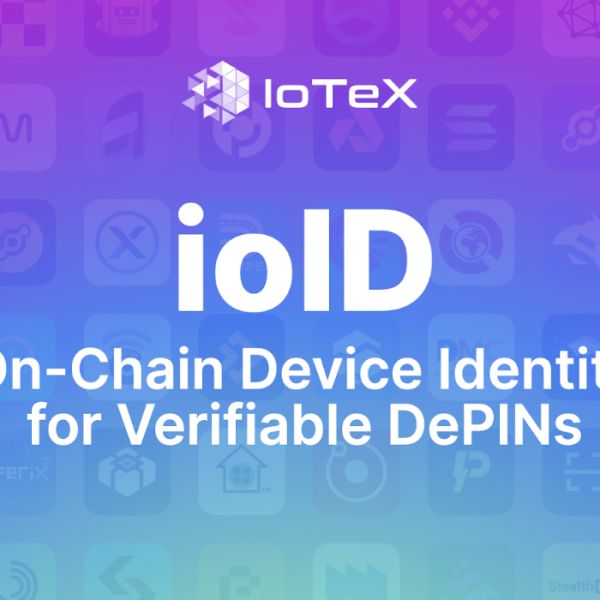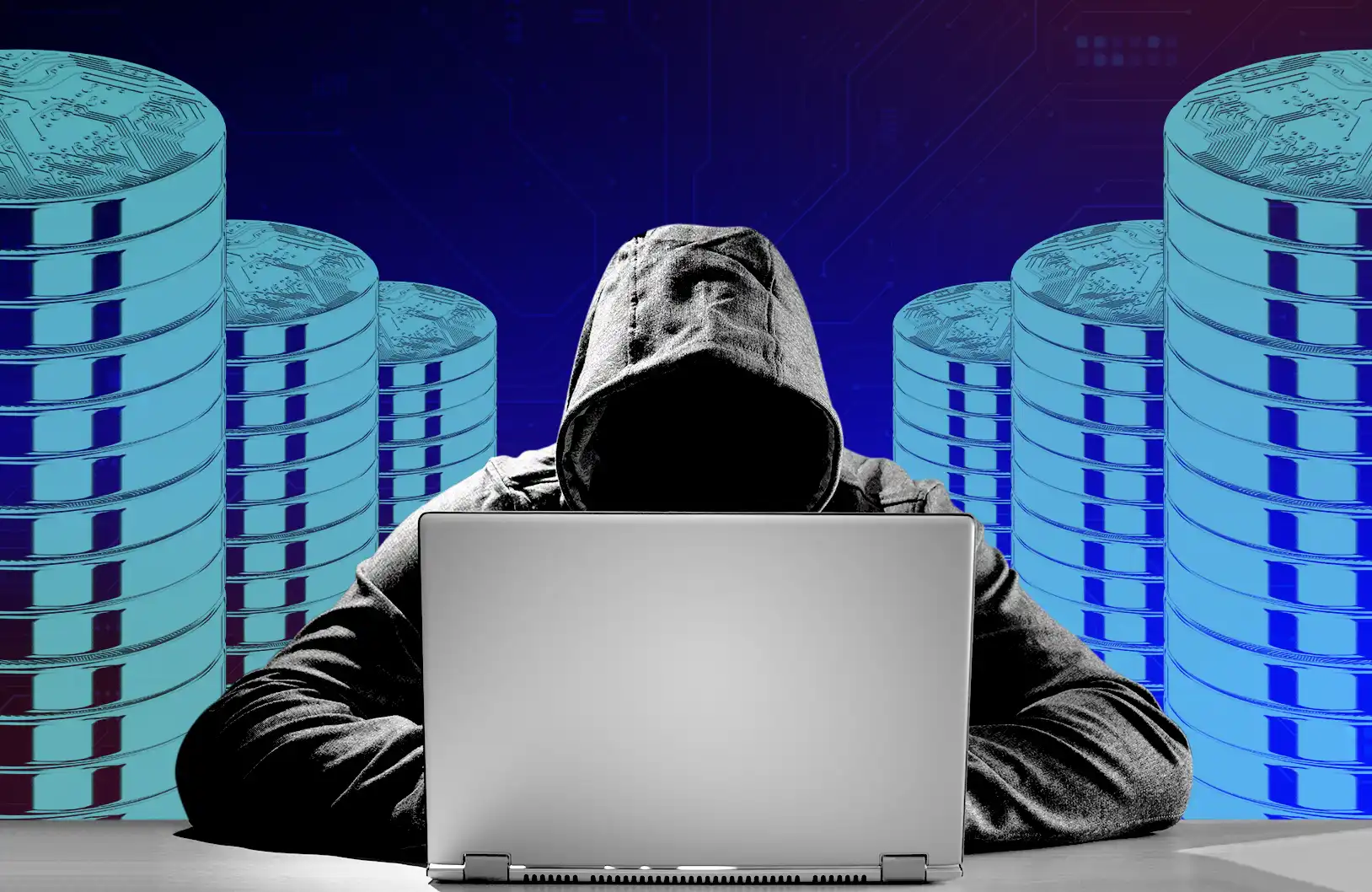Lumia integrates modular cross-chain infrastructure through Avail collaboration
Real-world asset tokenization platform Lumia is integrating Avail into its on-chain infrastructure, marking a shift from siloed blockchains to a modular, interoperable infrastructure.
According to a press release received by crypto.news, the collaboration will integrate the Avail Stack infrastructure into the RWA chain to unlock more liquidity and interoperability and ensure data-level secure verification for tokenized real-world assets.
The Avail Stack is a full-stack blockchain infrastructure solution designed to address scalability, interoperability, and liquidity challenges in the blockchain space. It combines three core components, which includes data availability, cross-chain layering, and Avail’s security mechanism.
Its Avail Nexus provides multichain messaging and secure asset movement, laying out the foundation for cross‑chain RWA liquidity. With access to Nexus, Lumia can support multi-chain RWA liquidity as part of its efforts to expand on cross-chain operations.
The partnership marks a shift in the infrastructure built on Lumia as it moves away from the traditional siloed blockchains to a more modular and interoperable infrastructure. It equips the RWA Chain with Avail’s scalable data‑availability layer, which features KZG polynomial commitments, Data Availability Sampling, erasure coding, and light‑client architecture.
The Avail and Lumia integration is scheduled to debut along with major other functionalities and upgrades, such as Lumia Hub, which will launch with Avail DA integration. The upgrade will allow users and builders to issue tokenized RWAs with light-node NFT functionalities.
Co-founder and CEO at Lumia.org, Kal Ali said that the use of blockchain technology in mainstream society is increasing with every year that passes by. He also stated multiple sources cite a growth of more than 60% in terms of Compound Annual Growth Rate.
“This means more people are becoming crypto-literate, more are discovering new investment vehicles, and demand for RWA tokenization is higher than ever,” said Ali.
Echoing Ali’s sentiments, Avail co-founder Anurag Arjun said the potential of tokenization will fully be realized once assets can be liquified, programmable, and globally verifiable on a data-level.
“We need infrastructure that guarantees a composable and interoperable environment; one where tokenized assets aren’t locked into singular ecosystems, but can move freely across chains with compliance, security and scalability embedded at the base layer,” said Arjun.
According to a joint study by Ripple ( XRP ) and Boston Consulting Group, the global market size for tokenized assets could reach as high as $18.9 trillion by 2033. This rapid growth in adoption is mostly due to the rise in institutional demand for blockchain technology and tokenization of assets.
Disclaimer: The content of this article solely reflects the author's opinion and does not represent the platform in any capacity. This article is not intended to serve as a reference for making investment decisions.
You may also like
IoTeX launches the world's first on-chain identity solution ioID designed specifically for smart devices
ioID is revolutionizing identity management for smart devices, allowing DePIN to authenticate devices, protect data, and unlock next-generation application scenarios within a user-owned ecosystem compatible with any blockchain.

Mars Morning News | Last week, global listed companies made a net purchase of $13.4 million in BTC, while Strategy did not buy any Bitcoin last week
Expectations for a Federal Reserve interest rate cut in December have risen, with Bitcoin briefly surpassing $89,000 and the Nasdaq surging 2.69%. There are internal disagreements within the Fed regarding rate cuts, causing a strong reaction in the cryptocurrency market. Summary generated by Mars AI. This summary is generated by the Mars AI model and its accuracy and completeness are still being iteratively updated.

The covert battle in the crypto industry escalates: 40% of job seekers are North Korean agents?
North Korean agents have infiltrated 15%-20% of crypto companies, and 30%-40% of job applications in the crypto industry may come from North Korean operatives. They act as proxies through remote work, using malware and social engineering to steal funds and manipulate infrastructure. North Korean hackers have stolen over $3 billion in cryptocurrency to fund nuclear weapons programs. Summary generated by Mars AI. This summary is generated by the Mars AI model, and its accuracy and completeness are still being iteratively improved.

Which targets are Wall Street short sellers eyeing? Goldman Sachs reveals the short-selling undercurrents amid the AI wave
Data shows that short selling in the US stock market has reached a five-year high. However, investors are not recklessly challenging AI giants; instead, they are targeting so-called "pseudo-beneficiaries"—companies that have surged on the AI concept but lack core competitiveness.
